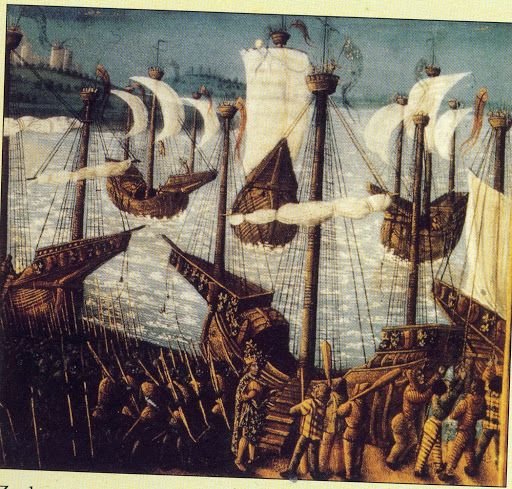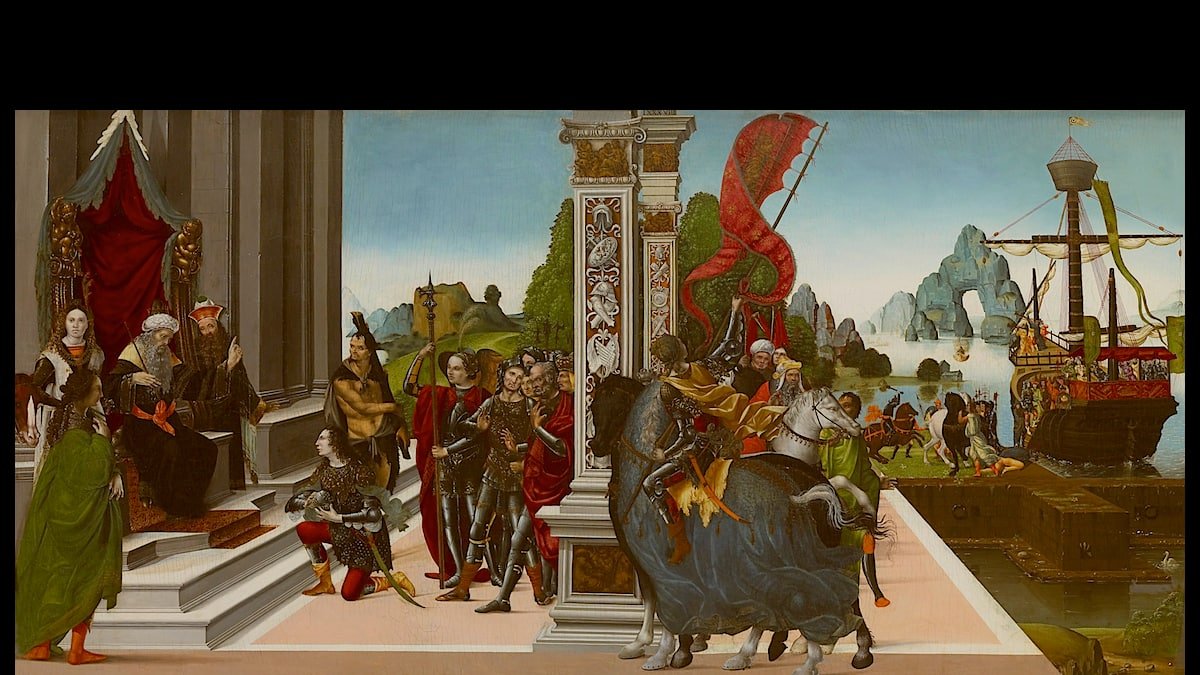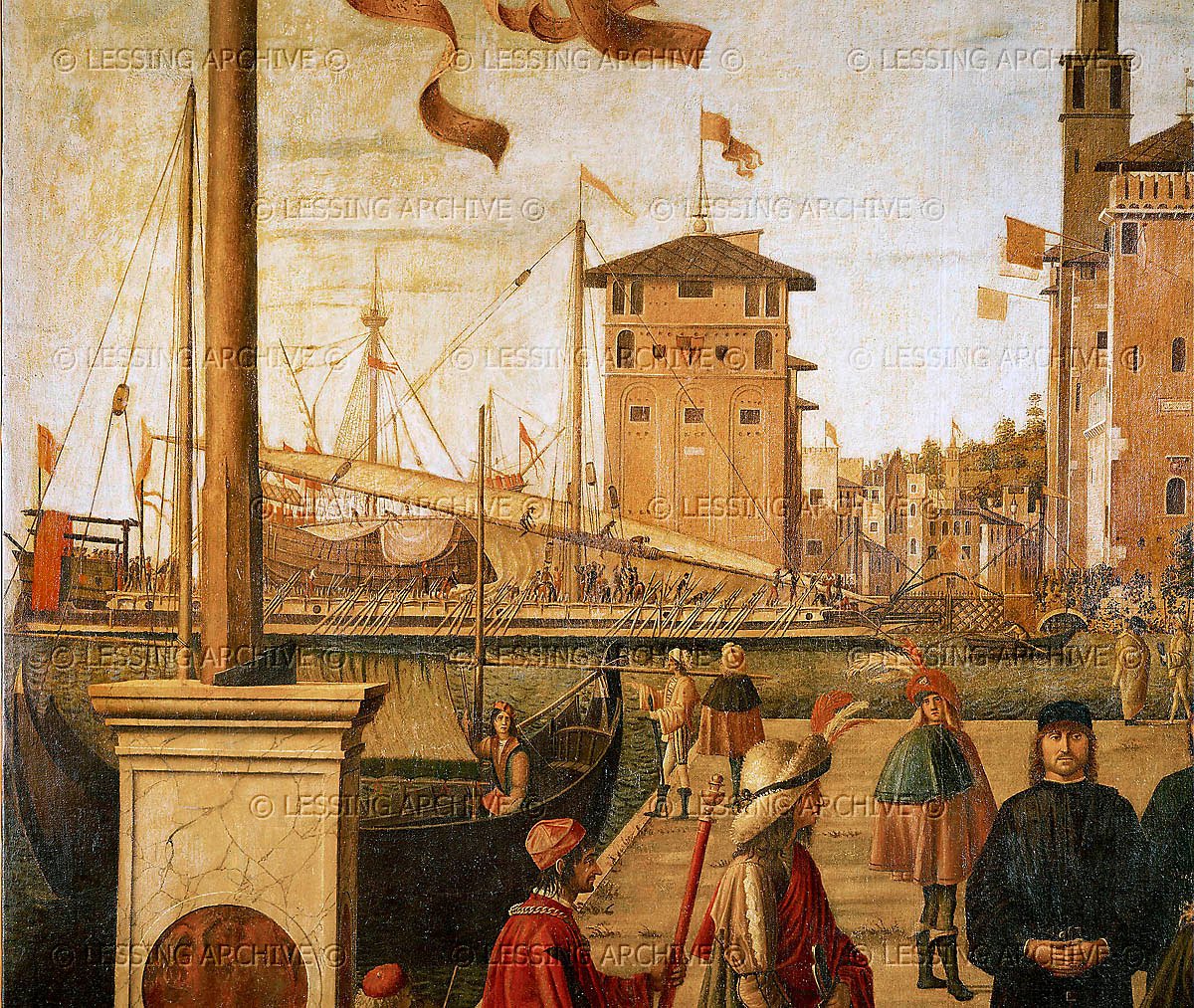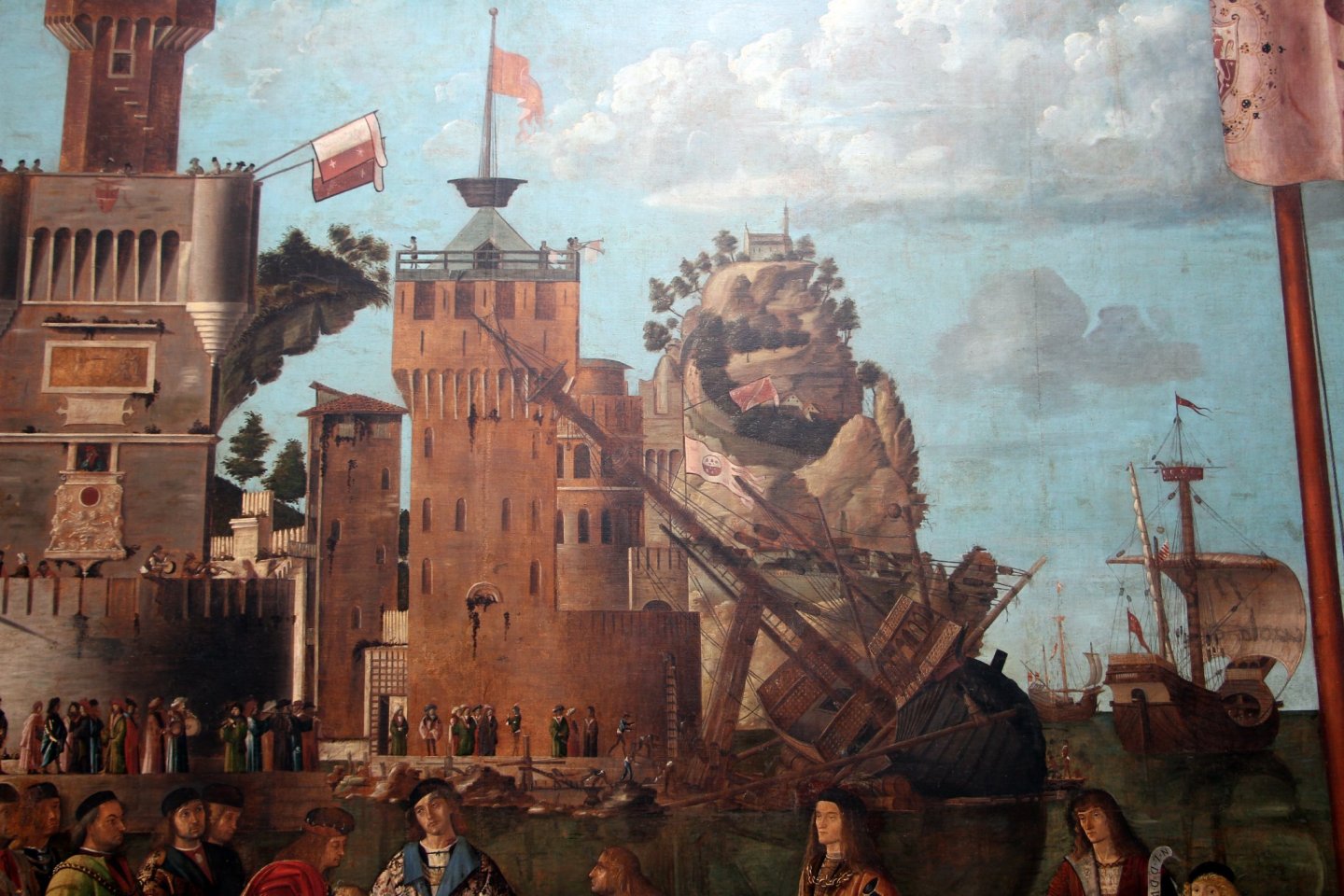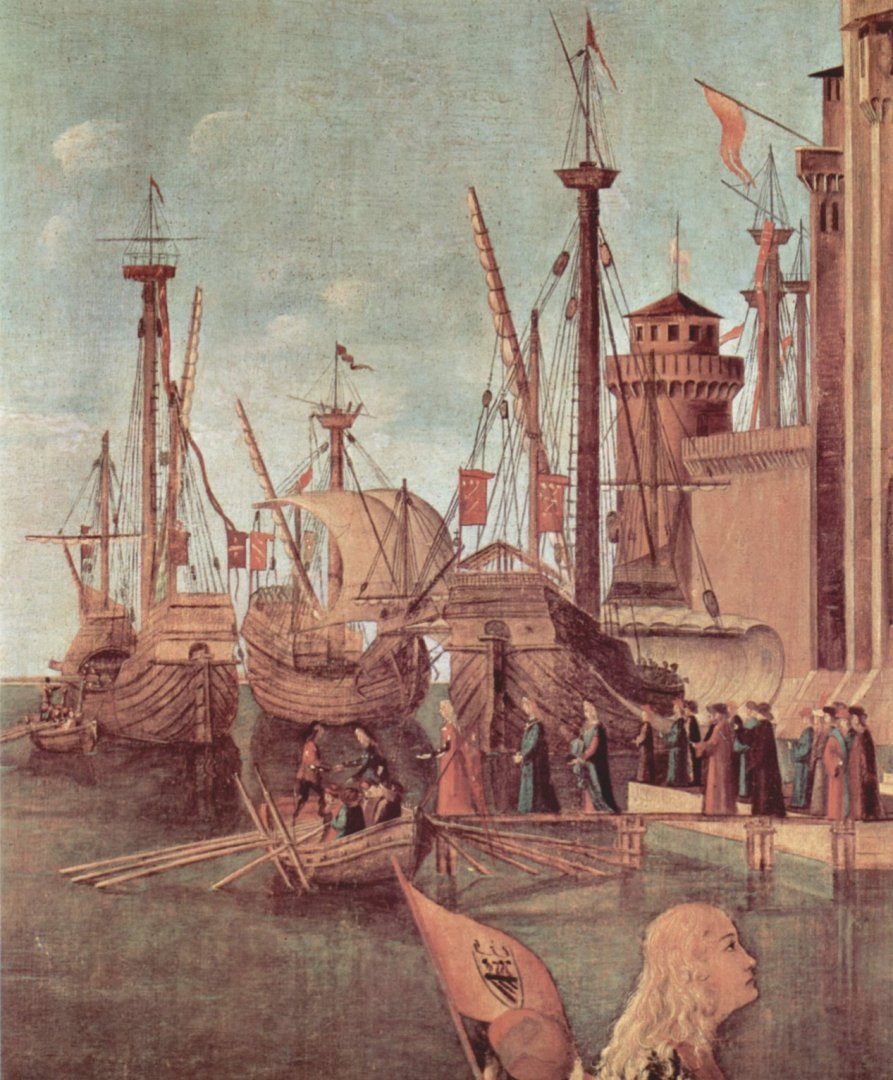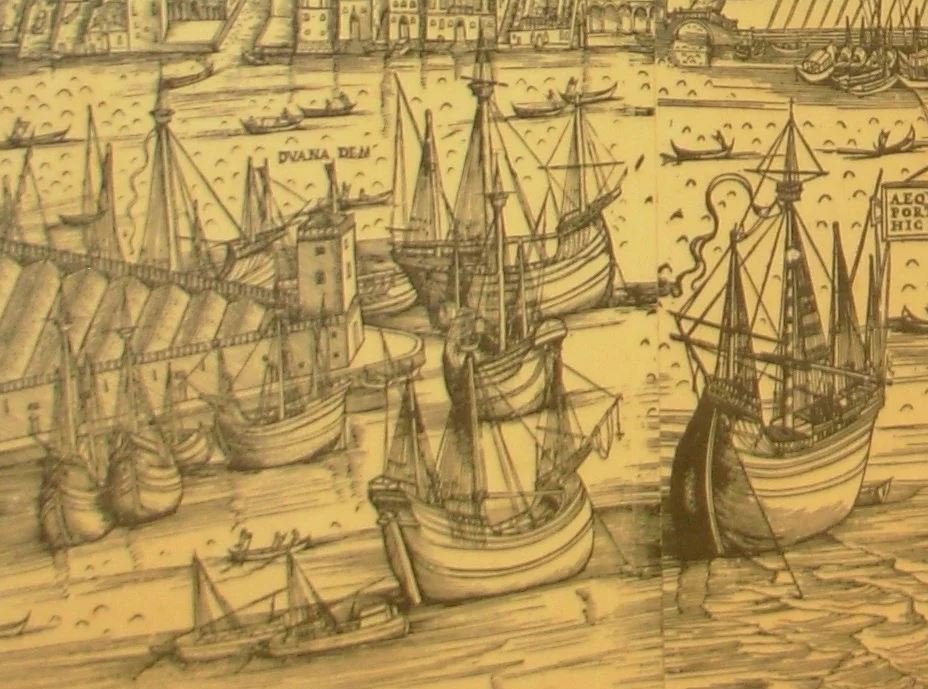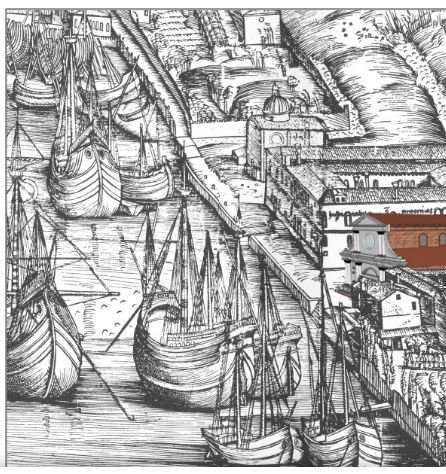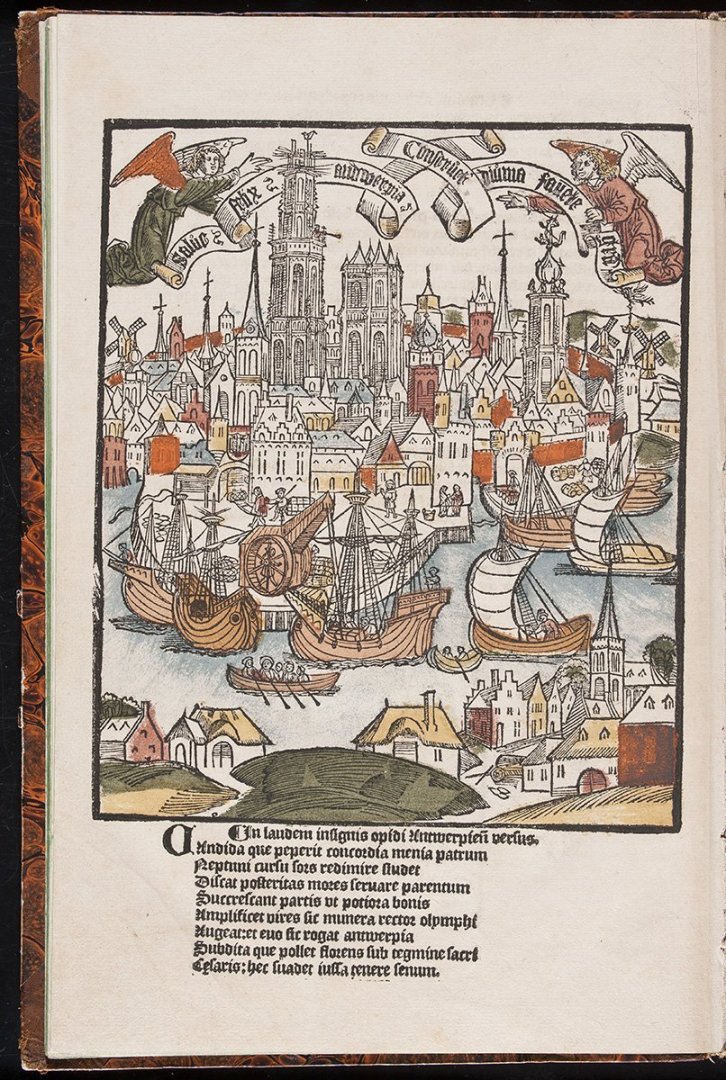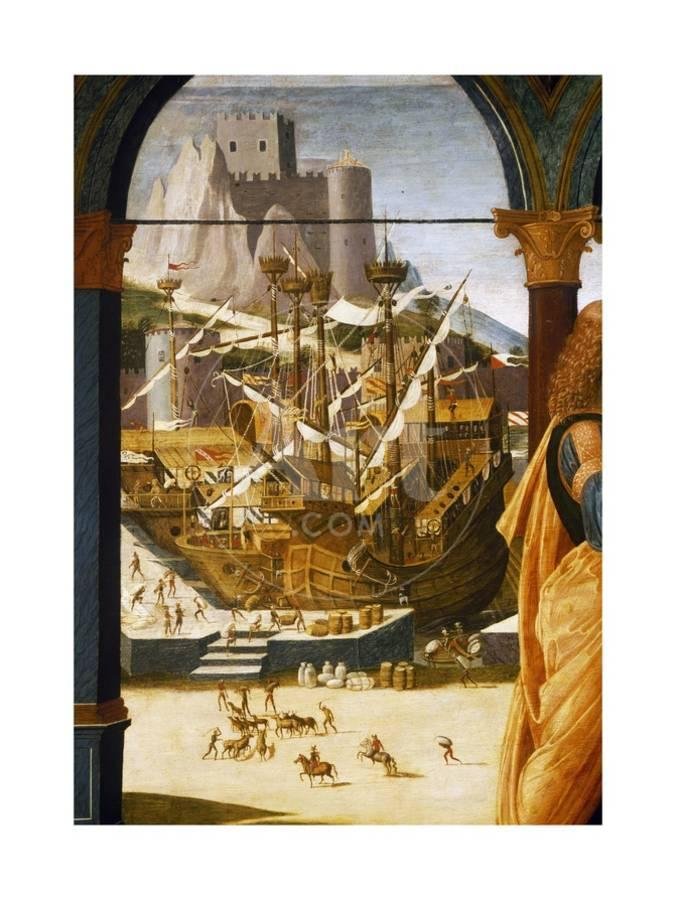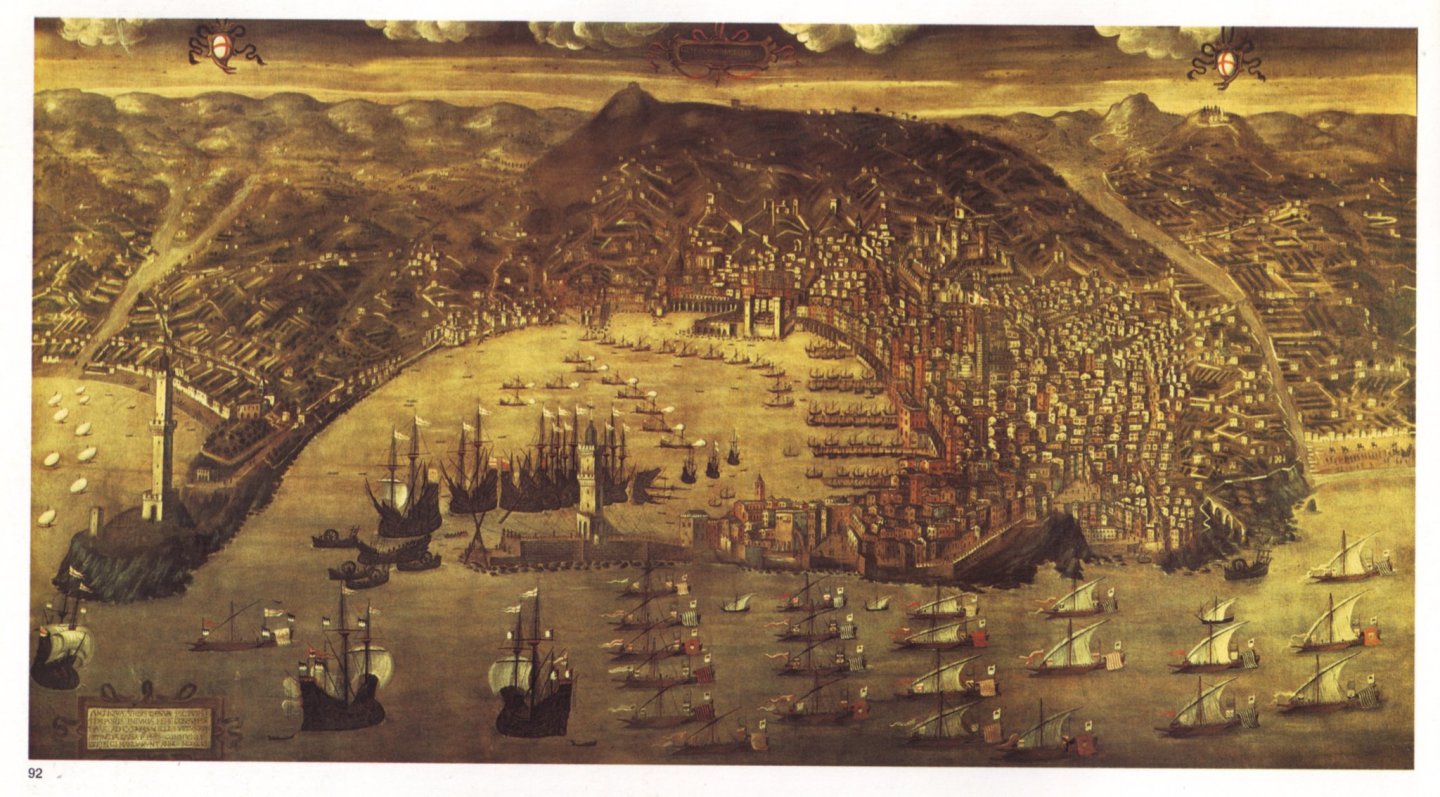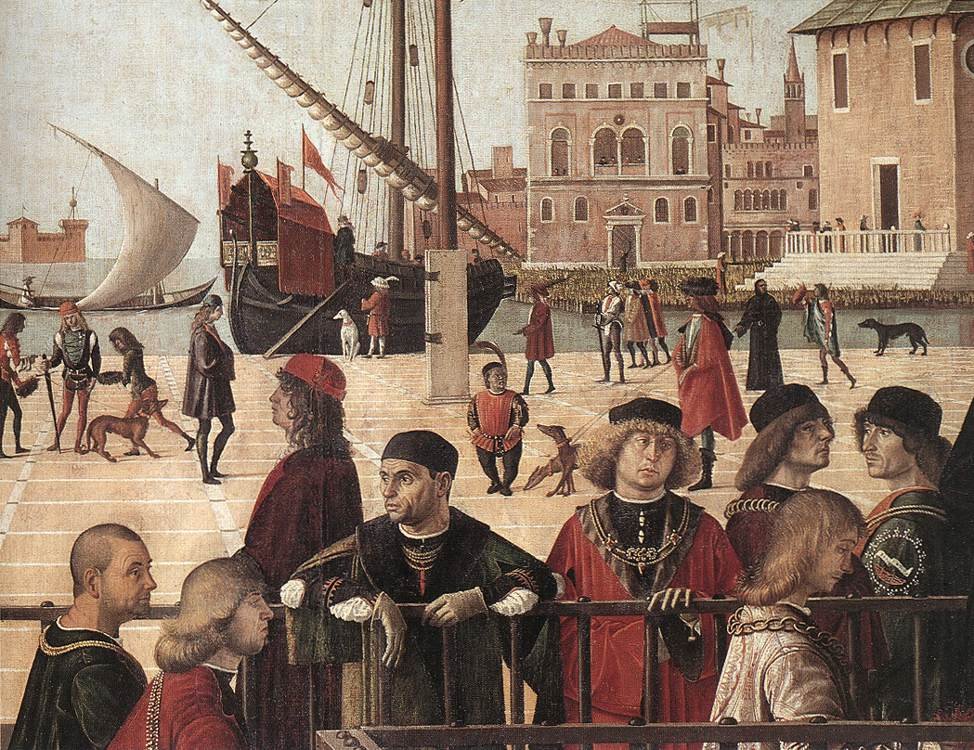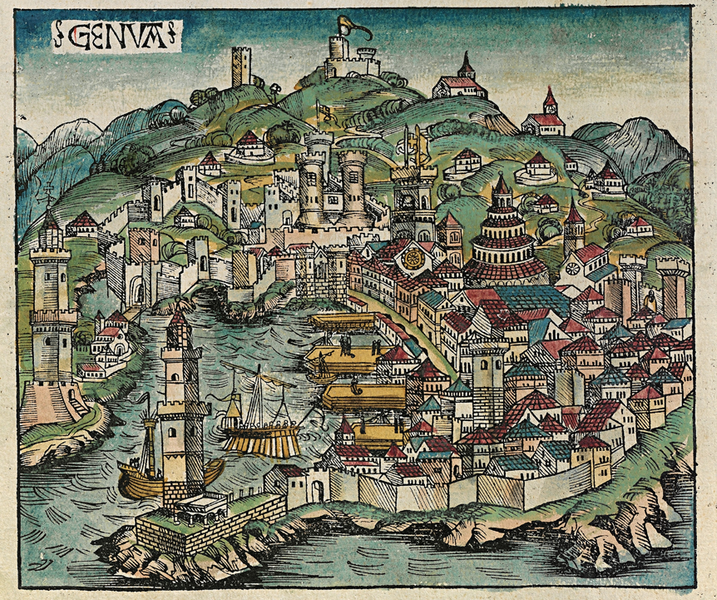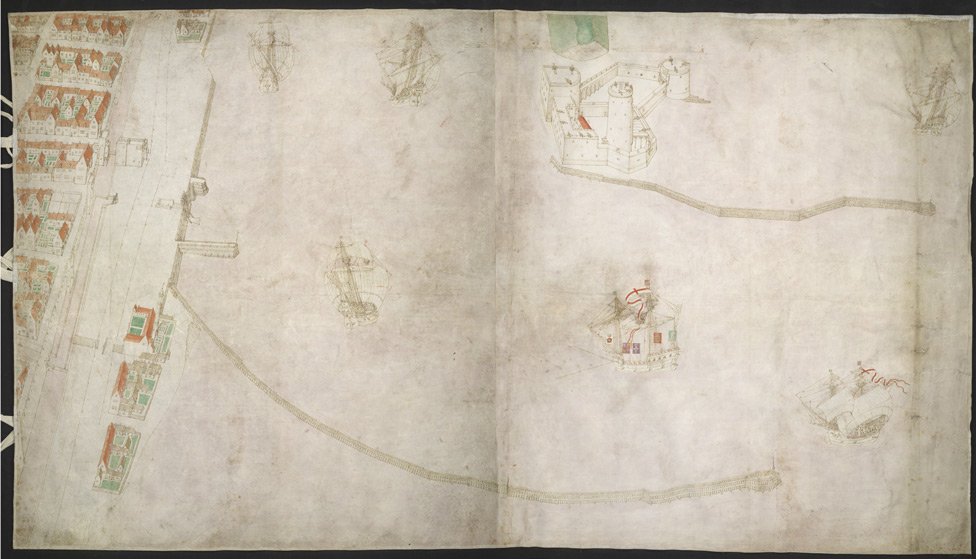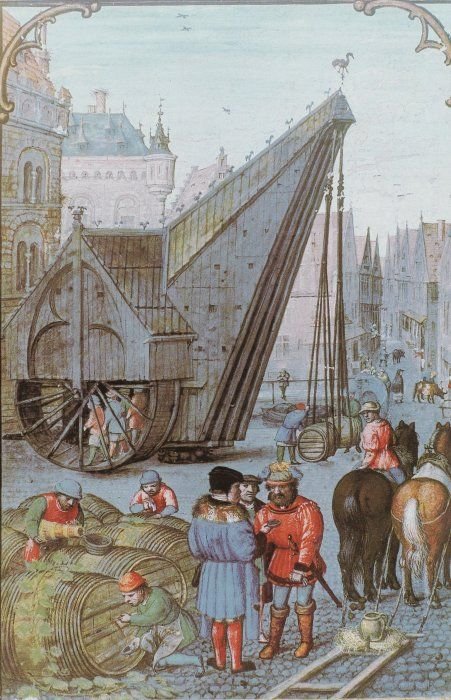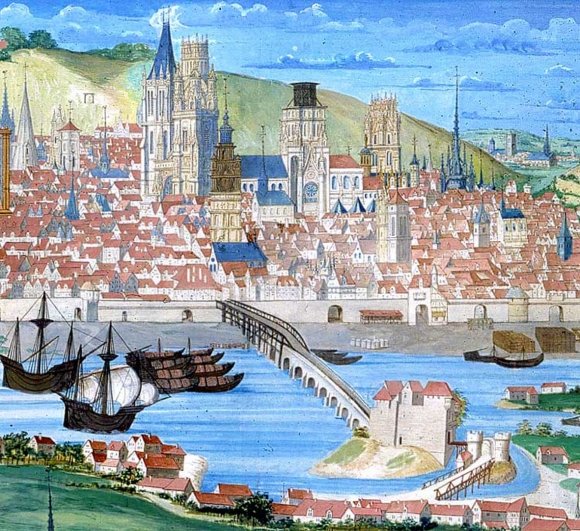-
Posts
7,982 -
Joined
-
Last visited
Content Type
Profiles
Forums
Gallery
Events
Everything posted by Louie da fly
-
I never cease to be amazed at the quality and realism achieveable using card. That really looks fantastic!
- 175 replies
-
- hanse kogge
- shipyard
-
(and 1 more)
Tagged with:
-
Roger, I'd (re-)read The Commodore not all that long ago and from it I had the impression that it was a long time (long enough for the French to besiege the town and almost capture it) between Hornblower's "incident" with the Countess and his coming down with typhus. All I did was get the book out again and work out that his time with her was the end of May and he got typhus as winter was starting. I'm glad your books went to such a good cause, and I echo your hope that he enjoyed the stories.
-
Very interesting explanation, Christian. I didn't know about the cringle suspension, but it makes sense - as does angling the knight to follow the inclination of the mast (which I also did on my own model). I agree about the need for 4 sheaves on a large yard or antenna. I only used three on my own, as blocks like this had been found in Byzantine shipwreck remains.
-
Brilliant work, Schrader! What a wonderful setting for the ship!
- 158 replies
-
- byblos ship
- Egyptian
-
(and 1 more)
Tagged with:
-
Cri-Cri, the lower "block" would be taken all the way down to the keel, if the Lomellina wreck (probably built around 1503, wrecked 1516) is any guide. In French it used to be known as a sep de drisse - in English it's a halyard knight. However this picture shows the knight for the main halyard of the ship, which would be taking a lot of weight and force. There wasn't one found for either the foremast, or (interestingly) for the lateen mizzen. Nonetheless that's how I did it for my own lateen model: There's a bit of an issue with off-centre (twisting) forces caused by the rope running from the centre of the upper block down to the far right-hand sheave of the knight, but I don't now that there's anything you can do about that except accept that it happens.
-
In which case you're well on the way, with an attitude that will serve you well when you do hit the inevitable problems/stuff-ups. I also lived in Coogee (north end, up the hill from the beach) and Darlo (officially Paddo - it was just the other side of Boundary St, so supposedly more prestigious). You may already know, but I'll add it just in case - here are the instructions for starting a build log. https://modelshipworld.com/topic/24705-before-you-post-your-build-log-please-read-this-starting-and-naming-your-build-log/ Welcome to MSW!
-
Me too - except that I'm missing "Hornblower and the Hotspur". Need to get it one day. I've just been going through O'Brian again - I'm up to "Treason's Harbour". I do love the O'Brian books - even better now than Forester, though it took a while to come to terms with after being used to Hornblower. I love the relationship of the two main characters - somewhat like an old married couple. Each with his faults and annoying habits - (a doctor who doesn't see the importance of washing, a sailor who's an expert at sea but a total klutz on land.) Can't be. I just checked - typhus has an incubation period of ten to 14 days. Hornblower doesn't come down with it until 5 or 6 months after his encounter with the countess. On the other hand, it could be thought of as karma, or poetic justice, a little delayed.
-
Jim, your pictures are up to your usual excellent superb standard. Dave, I do like the fact that most of the scene in your picture is obscured by smoke. I'm sure that's how it would have been.
-
Here are a bunch of contemporary pictures of various docks from the late 15th and the 16th centuries. Sometimes it appears there really aren't any docks as such - you just walk down a gangplank and hope for the best. View of Venice 1500 - Barbari Venice 1500 - Barbari Venice 1500 - Barbari 1460–1475, Bruges, Flanders. Scenes from the Legend of Saint Ursula, by the Master of the Legend of St Ursula 1465 Tavola Strozzi. Italy/Spain. return of the Aragonese fleet from the battle of Ischia 1474-1475 France Philip II embarking for 3rd crusade 1487 Pietro del Donzello departure of the argonauts 1490 Carpaccio from the Legend of St Ursula (Venice) - next 5 pics 1515 Antwerp, Holland 1515 Antwerp Roadstead - close-ups in following pics 1510 approx. detail from Aeneas at the court of Dido, attributed to Bernardino de Donati Italy Cristoforo de Grassi Port of Genoa - dated 1481 but ships look later 1493 Genoa - from the Nuremberg_chronicles_f_58v_1 1544 bird's eye view map of Amsterdam, by Cornelis Anthoniszoon Altarpiece of Sant Jordi by Pere Nicart. Detail. Palma's Port. 15th century. Diocesan Museum. Palma. Mallorja. Balearic Islands. Spain Calais and fortifications - 16th century Unknown port - looks Dutch or German, probably late 15th-early 16th century by the clothing. Danzig (that's the coat of arms on the stern of the ship and the flag of the other ship) - 1st half 16th century, judging by the clothes and the ships. 1526 livre des fontaines de Rouen, France
-
By the way, do you have the rest of the reports? Not sure if you haven't already got this, but there's a website that contains everything relating to this ship at https://archaeologydataservice.ac.uk/archives/view/newportship_2013/downloads.cfm I have to say I don't agree with their reconstruction. The person who did it doesn't seem familiar with the proportions of carracks.
-
As far as I know there's simply no information for or against. The two extant examples can be dated by the decorative style to the late 10th-early 11th century. But that's all that exists, and those only survived by chance. If others existed, the likelihood is that they were melted down for the gold. But there's nothing to say they didn't exist in the 9th century, any more than that they did.
-
Very worthwhile information for those of us interested in the vessels of this period. Interestingly, no sign of blocks with sheaves, just heart blocks. Which is strange considering that in the Mediterranean sheaved blocks go way back. As I understand it, this ship was Spanish, or possibly Basque. Surprising that the technology doesn't seem to have travelled from one side of Spain to the other. On the other hand, she has a parrel truck, which was a fairly recent development at the time.
-
Yes, but not directly caused by his dalliance. And that wasn't his only dalliance, either. A bit of a naughty boy, Horatio. The only thing about the Parkinson book I didn't like is his taking it upon himself to "let the cat out of the bag" about the accident that occurred to the Captain of the Renown when Hornblower was a lieutenant . . . those who've read Lieutenant Hornblower will know what I mean. Oh, and C. Northcote Parkinson is the same man who discovered Parkinson's Law: "work expands so as to fill the time available for its completion" It started as a satire, but its truth was very soon universally acknowledged.
-
I love the research you're doing, Dick. By all means take a break if you need one for the time being, and wait for inspiration to strike again. You're not on a deadline with this, and it's supposed to be fun, not a slog. A fascinating build, though. Whether or not the prevailing academic theory regarding hulcs is correct, you're doing the physical research to show its practicality or otherwise, and I regard that as a very valuable addition to the sum total of knowledge in this area.
- 186 replies
-
- keelless
- reverse clinker
- (and 4 more)
-
Yes, those nails are to hold the hatch doors together (the doors obviously have a wooden support structure the planks are nailed to), not to the sides of the hatch itself.
-
Looking good, Clare. Keep up the good work (when you get a moment to spare . . .)
- 175 replies
-
- hanse kogge
- shipyard
-
(and 1 more)
Tagged with:
-
The glue I used was supplied by the people I bought the [Edit] polycarbonate acrylic [/Edit] from, so presumably it's the right glue for the job. It's not superglue.
About us
Modelshipworld - Advancing Ship Modeling through Research
SSL Secured
Your security is important for us so this Website is SSL-Secured
NRG Mailing Address
Nautical Research Guild
237 South Lincoln Street
Westmont IL, 60559-1917
Model Ship World ® and the MSW logo are Registered Trademarks, and belong to the Nautical Research Guild (United States Patent and Trademark Office: No. 6,929,264 & No. 6,929,274, registered Dec. 20, 2022)
Helpful Links
About the NRG
If you enjoy building ship models that are historically accurate as well as beautiful, then The Nautical Research Guild (NRG) is just right for you.
The Guild is a non-profit educational organization whose mission is to “Advance Ship Modeling Through Research”. We provide support to our members in their efforts to raise the quality of their model ships.
The Nautical Research Guild has published our world-renowned quarterly magazine, The Nautical Research Journal, since 1955. The pages of the Journal are full of articles by accomplished ship modelers who show you how they create those exquisite details on their models, and by maritime historians who show you the correct details to build. The Journal is available in both print and digital editions. Go to the NRG web site (www.thenrg.org) to download a complimentary digital copy of the Journal. The NRG also publishes plan sets, books and compilations of back issues of the Journal and the former Ships in Scale and Model Ship Builder magazines.





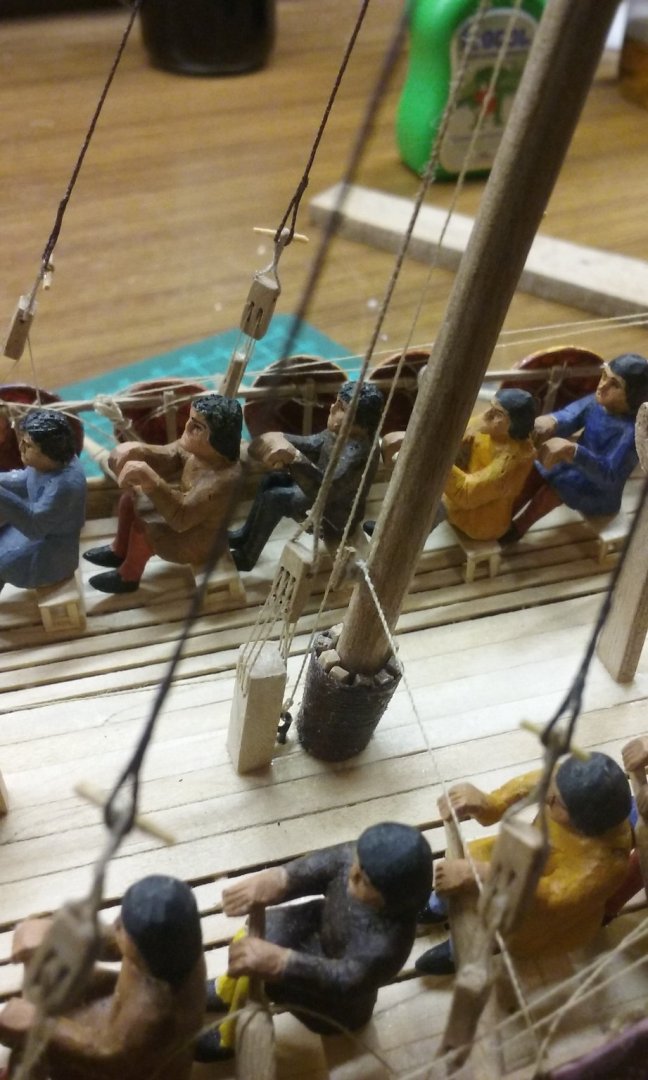
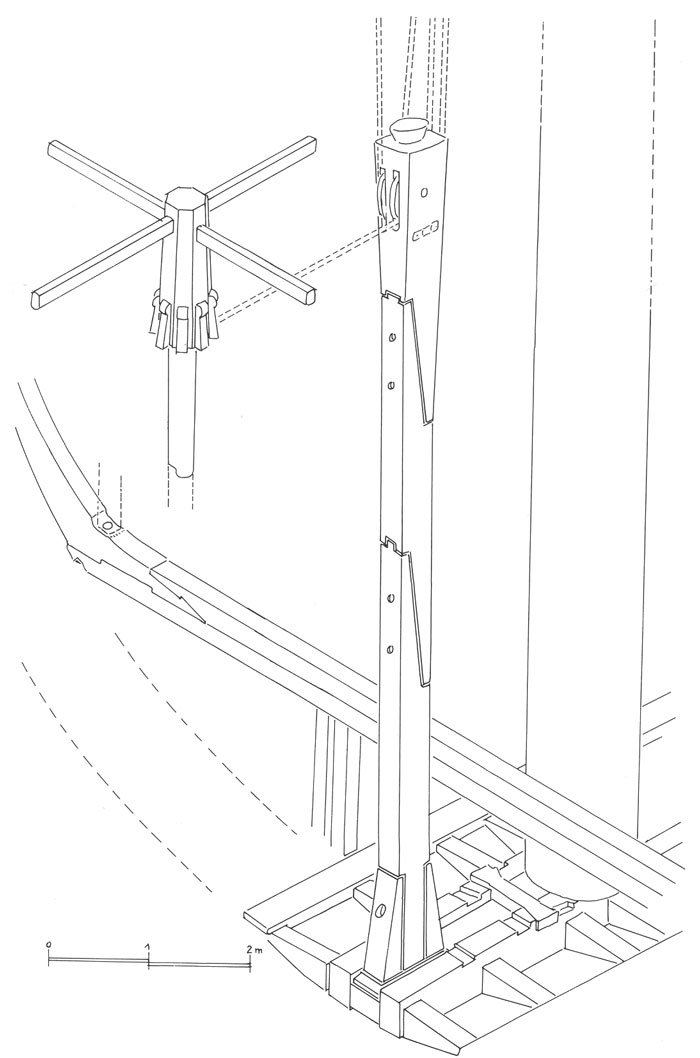
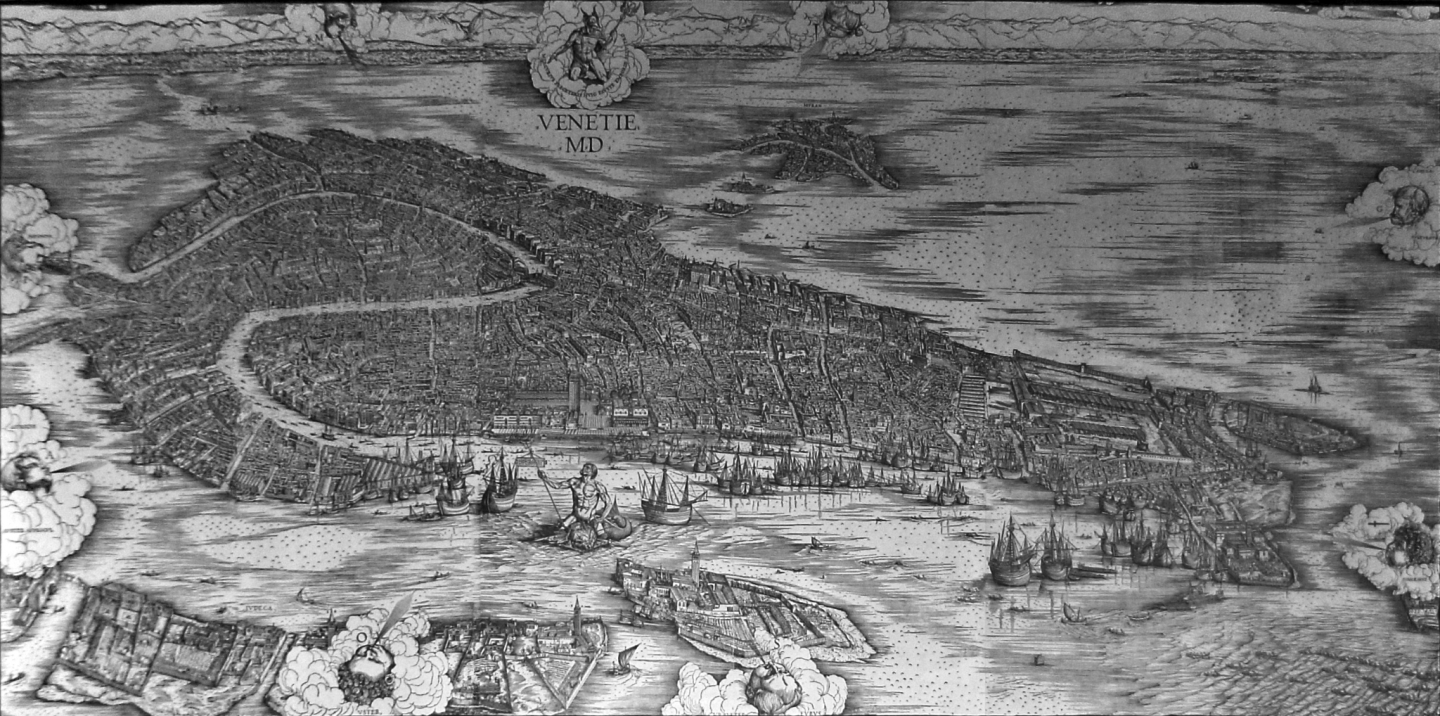

_13.thumb.jpg.ba53c3af1c3f05b98e790b0dc3647c86.jpg)
